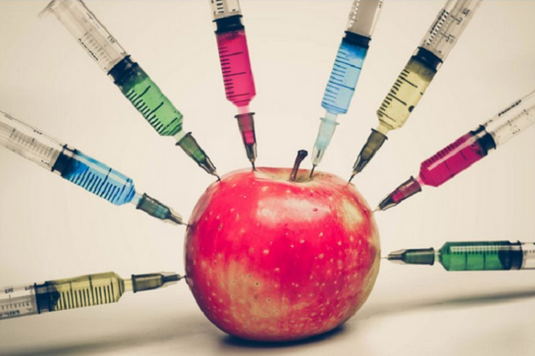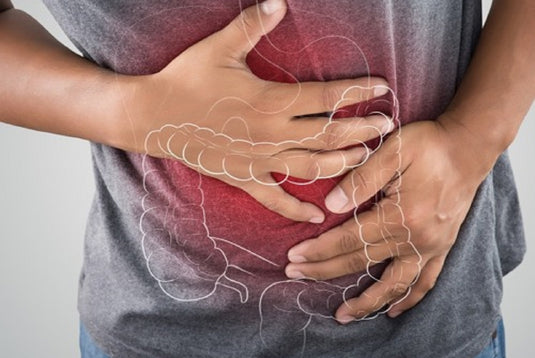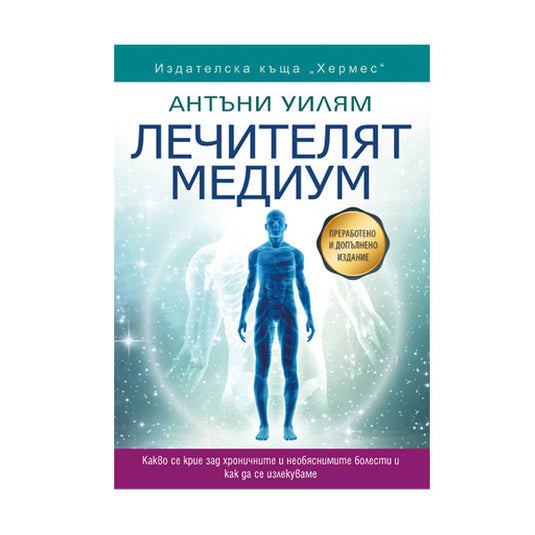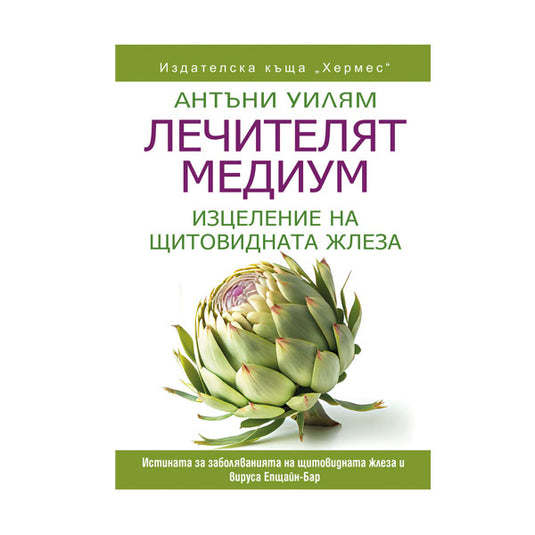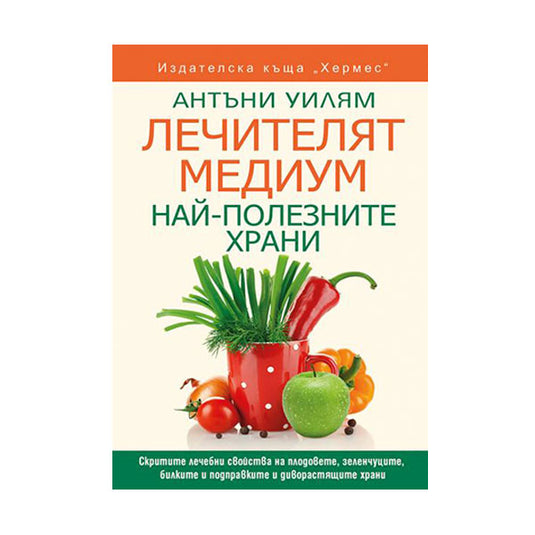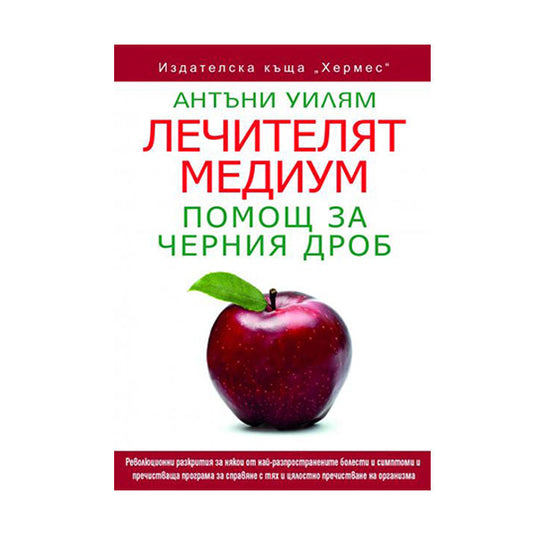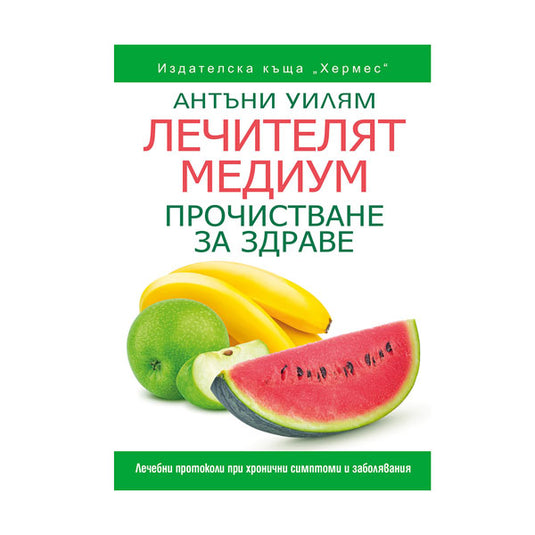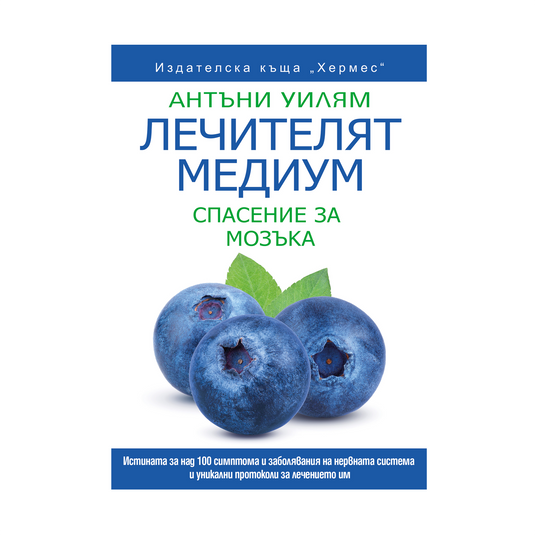If you have a chronic condition or symptoms like acne , eczema , headaches, reproductive issues, bloating , anxiety, irritable bowel syndrome (IBS) , weight gain , small intestinal bacterial overgrowth (SIBO) , or just want to be in the best health possible, it's important to avoid common chemicals in foods that can worsen your condition and symptoms. Anthony William discusses these food chemicals in his book, "Cleanse for Health," and shares how you can cleanse to remove them from your body.
If you want to heal, Anthony William recommends limiting or completely avoiding the following:
- Aspartame and other artificial sweeteners
- Citric acid
- Formaldehyde
- Monosodium Glutamate (MSG)
- Natural and artificial flavors
- Nutritional yeast
- Preservatives
- Alcohol
Many people are sensitive to these ingredients, and while some of them may seem fun in the moment, their impact on our physical and emotional well-being is not so pleasant. Anthony William shares exactly how you can cleanse your body of these chemicals in food in his book, "Cleanse for Health."
Aspartame and other artificial sweeteners
You can find them in diet sodas, as well as hidden in flavorings. Aspartame goes deep into the inner core of the liver and is unique in the way it is stored in the liver – it tends to damage the small blood vessels in the liver, causing them to atrophy or shrink. Other artificial sweeteners are also highly toxic to the liver.
Citric acid
Citric acid is very irritating to the lining of the stomach and intestinal tract, so it can cause severe inflammation and discomfort if you are sensitive to it. Citric acid (the additive) is not the same thing as the naturally occurring acid in citrus fruits. It is important not to confuse the two. Citrus fruits themselves are a healing food. However, the isolated ingredient citric acid is often of corn origin. Especially if you are experiencing any stomach upset, watch for citric acid on ingredient labels and consider skipping foods that include it.
Monosodium Glutamate (MSG)
MSG typically builds up in the brain, penetrating deep into the brain tissue. It can then cause inflammation and swelling, kill thousands of brain cells, disrupt electrical impulses, weaken neurotransmitters, burn out neurons, make you feel confused and anxious, and even lead to micro-strokes. It also weakens and damages your central nervous system. Monosodium glutamate is especially harmful if you have a condition that affects the brain or central nervous system. However, there are no circumstances in which it would be beneficial for you. As a result, it is a supplement that you should always avoid.
The following terms on food labels usually mean they contain monosodium glutamate: glutamate, hydrolyzed, autolyzed, protease, carrageenan, maltodextrin, sodium caseinate, balsamic vinegar, barley malt, malt extract, yeast extract, brewer's yeast, corn starch, wheat starch, modified food starch, gelatin, textured protein, whey protein, soy protein, soy sauce, broth, and seasoning.
Natural and artificial flavors
Any ingredient labeled as a natural flavoring is hidden MSG. Natural cherry flavor, natural orange flavor, natural lemon flavor, natural fruit flavor... they're not just fruit extracts. The same goes for smoke flavor, turkey flavor, beef flavor, natural mint flavor, natural maple flavor, natural chocolate flavor, natural vanilla flavor, etc. (Although pure vanilla extract is safe to use.) Each type of natural flavoring potentially contains a host of biological hazards and chemical compounds.
Artificial flavors can be any one of thousands of chemicals that have been created in a lab. Don't take any risks by consuming them.
Nutritional yeast
Nutritional yeast is contaminated with MSG—there’s a reason it’s so addictive, with people pouring it over to flavor countless foods. It also has the potential to be an irritant to the digestive system and feed pathogens like unproductive bacteria.
Preservatives
If you're already anti-preservative and careful to buy foods that don't list them, that doesn't mean they're not sneaking into your diet. It's irresponsible to list all the preservatives on product labels. Not to mention, it's been years since you've been aware of them, so your liver has had plenty of time to accumulate various types of chemically created preservatives. Your liver could be storing preservatives from a hot dog you ate decades ago, cotton candy from an amusement park, a fake fruit-flavored milkshake, a purple iced frappe... the list goes on.
Alcohol
Alcohol is extremely hard on the liver, making it sluggish, sluggish, and sluggish, and damaging liver cells. When someone drinks, they interfere with the liver's ability to recognize, decode, extract, and retain vitamins, minerals, and other beneficial elements that also come through the bloodstream. This slows down the liver's ability to perform its 2,000-plus chemical functions for the body. ( Don't let that stop you from using an alcohol-based hand sanitizer. Killing the flu virus, strep, or any other pathogen you might encounter in a public restroom or other smelly place is far more important than how much your liver will suffer from that disinfectant wipe .)
In the case of herbal tinctures, actively seek out alcohol-free options (avoid the word ethanol, too). You can also refer to Anthony William’s preferred supplements page on his blog ( https://www.medicalmedium.com/preferred/supplements ). He maintains this directory of high-quality supplements to help you choose the ones that will be most beneficial to you.
Formaldehyde
You can be exposed to this chemical from many sources, everywhere from cosmetics to pharmaceuticals, from carpets to food. It does what alcohol does to the liver, only much more strongly. It is also a fuel for viruses.
Learn more about the pests that make you sick and should be avoided, as well as how to heal yourself, in the book "Cleansing for Health."
